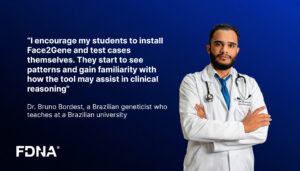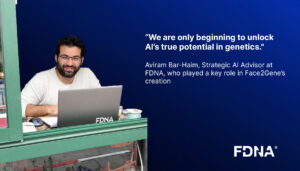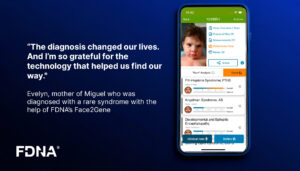April 9, 2018
“FDNA, developer of the Face2Gene suite of next-generation phenotyping (NGP) applications, announces at the American College of Medical Genetics and Genomics annual meeting the appointment of Dr. Karen Gripp to Chief Medical Officer and Dr. Peter Krawitz to Chief Data Science Officer. With this expansion in leadership, FDNA continues to strengthen its position as a global leader in using artificial intelligence to promote precision medicine.”
The article announces the expansion of FDNA’s leadership team with the appointment of a new Chief Medical Officer and Chief Data Science Officer. These strategic hires aim to bolster FDNA’s expertise in deep phenotyping, a cutting-edge approach that leverages AI to analyze detailed phenotypic data. This enhanced leadership is expected to accelerate the development of FDNA’s innovative technologies, improving the accuracy and speed of expediting the diagnosing of rare genetic disorders. FDNA’s commitment to deep phenotyping highlights its leadership in personalized medicine and genomic research.


